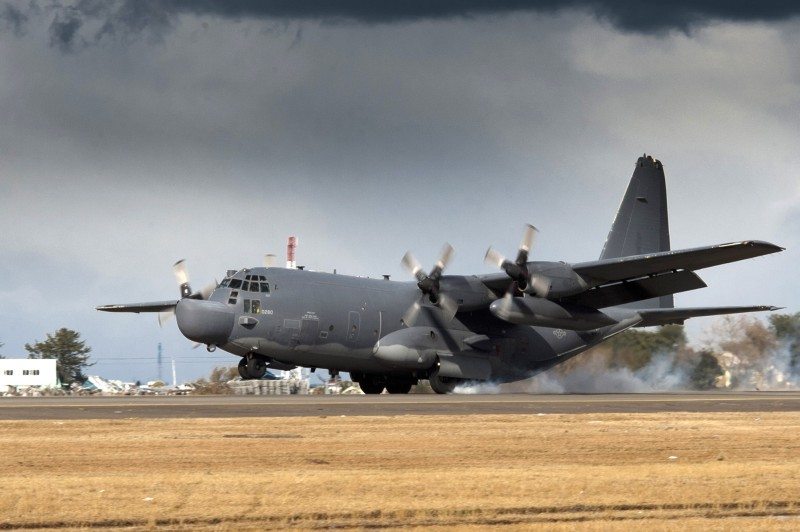A group of mostly captains sat in on a recent briefing here to find out more about the 2011 Force Management Program.
In February, Air Force leaders announced another round of involuntary force-management programs to reduce personnel, and this time it affects mostly officers.
For some of the officers, it was not the first time they sat in such a briefing. Some of the captains have faced this proposal before.
Though the numbers are in their favor — 300 out of 9,500 officers, or 2 percent, will be let go — some said it’s still nerve racking.
“Even though it is the bottom 2 percent that is being cut, everyone is going to worry when their career is on the line and they are not in charge of it,” said 1st Lt. Alyssa Tetrault, the military personnel section chief here.
In February, Air Force Chief of Staff Gen. Norton Schwartz said the Air Force ended fiscal year 2010 with 2,300 officers above end strength, or the congressionally mandated ceiling, and had one of the highest retention levels in 16 years. Those two factors combined led to this round of the Force Management Program.
There are two programs in play: the force shaping board and the reduction in force board. Both aim to shape the size of the force but, affect different groups.
For junior officers, the plan includes force-shaping boards beginning in May. The FSB will consider year groups with excess officers in the judge advocate general and biomedical science corps, and affects officers in the 2006 to 2008 commissioned year groups.
Captains and majors will face the RIF, which considers officers in the following year groups and competitive categories:
- Captains: line of the Air Force 2000, and 2003 through 2005
- Majors: line of the Air Force 2000
- Judge advocate generals: 2001 to 2003
- Biomedical service corps: 2000 and 2001
Results are expected to be published in November, and the mandatory date for separation for those not retained is Feb. 1, 2012.
Now is the time for officers to prepare letters to the board if they desire, Lieutenant Tetrault said.
Those facing FSB must submit letters by May 8. Those facing RIF must submit letters by Sept. 18.
Airmen can find out more about the letters in the Personnel Services Delivery Memorandum, No. 11-12, on the Air Force Personnel Center website.
“(The PSDM) tells them everything they need to know about letters to the board and where to send them, who to contact if they have questions,” she said.
Since the February announcement of the 2011 Force Management Program, there have been some changes to year groups and categories.
Lieutenant Tetrault said she encourages Airmen to read the PSDM and “take an active role in your career.”
She said it is important that RIF-eligible officers ensure their records are current, particularly with regard to duty history, appropriate professional military education and advanced academic degrees.
By August, officers should know where they stand, Lieutenant Tetrault said. Those traditional line officers eligible for force reduction will know if they have been rated as “definitely retain,” “retain,” or “do not retain.”
RIF-eligible officers need to make plans just in case, said Sherri Kitchens, the transition assistance program manager.
She said those officers should consider a pre-separation counseling brief offered at the Airman and Family Readiness Center.
“That is the first transition service that we offer,” Ms. Kitchens said. “We welcome you at two years out of your date of separation. Even if you are just thinking about separation, we would love to have you. It does not obligate you in any way and it does not affect personnel records.”










